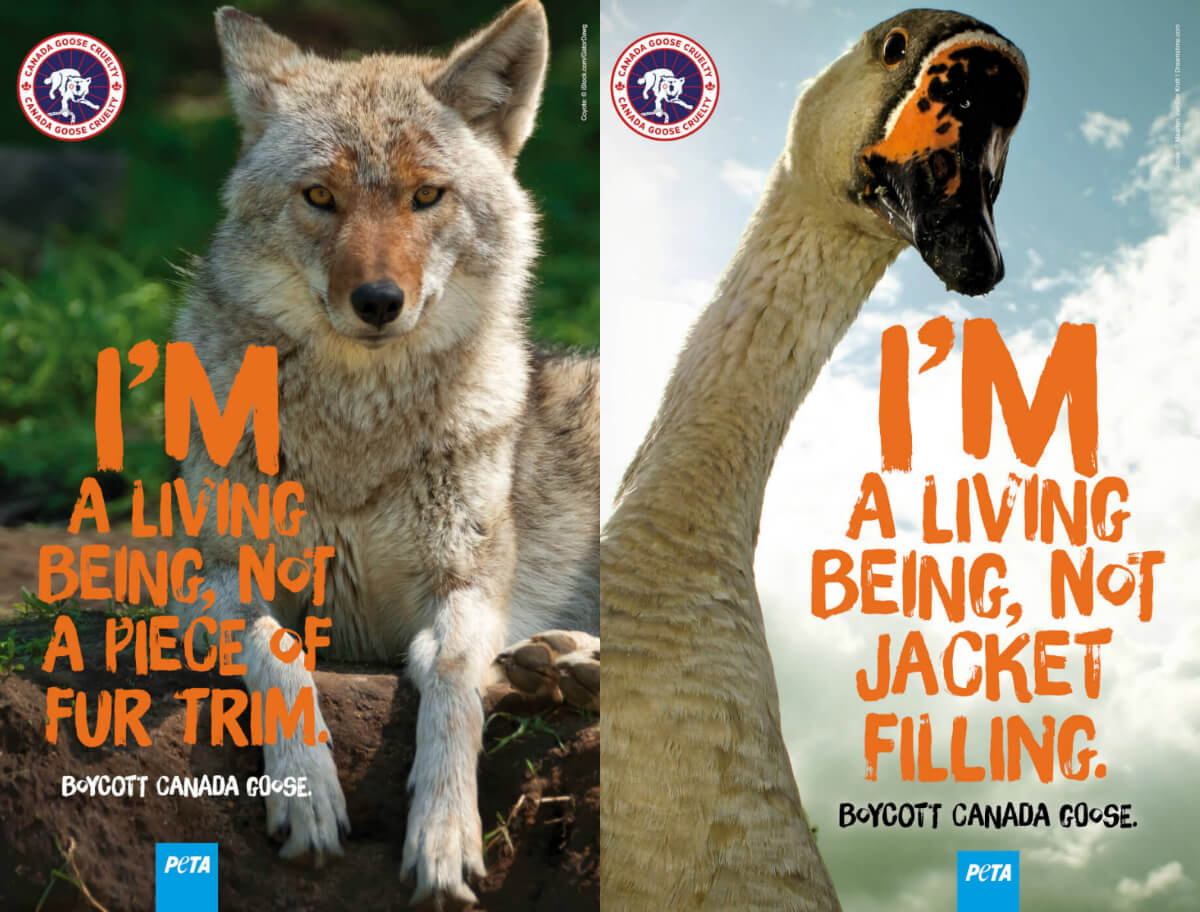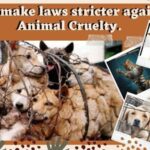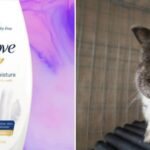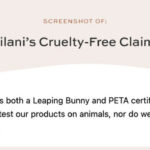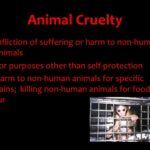In a world increasingly aware of the ethical implications of animal products, the question arises: is Canada Goose now animal cruelty-free? As we delve into the landscape of fashion and the conscious consumer, this query takes on new dimensions. The year 2025 arrives with significant developments regarding Canada Goose, a brand synonymous with luxurious down jackets, often associated with cold-weather resilience yet scrutinized for its treatment of animals used in its production. The transformation of Canada Goose’s practices prompts both curiosity and skepticism among consumers and activists alike.
The brand has faced an avalanche of criticisms over the years. Critics have vehemently argued that the use of feather down and fur in its products constitutes animal cruelty. Animals, including geese and coyotes, are bred and harvested under systems that are often labeled inhumane. Documented instances of live plucking and inhumane trapping methods have left a mark on the brand’s image, rallying protests and public outcry. The notorious anti-Canada Goose ads launched by animal rights organizations highlighted the plight of these creatures, heightening awareness of their suffering.
Fast-forward to 2025, and the narrative has taken a turn. Canada Goose has made significant strides toward transparency and improvement in its supply chain. The brand announced the implementation of a new Animal Welfare Framework in an effort to align with contemporary standards of ethical farming practices. This framework encompasses rigorous ethical guidelines that govern the treatment of animals used in their products, aiming to eliminate potential sources of cruelty.
However, is this enough to declare Canada Goose as animal cruelty-free? A façade of ethical practice might be an enticing notion, yet it deserves careful scrutiny. Critics may argue that true animal cruelty-free status cannot be attained while still utilizing animal products altogether. The inherent contradiction of using down feathers and fur remains central to this debate. Is partial accountability a genuine shift, or merely a calculated public relations strategy?
The implementation of third-party audits to monitor animal welfare standards raises the question of credibility. While such measures can enhance transparency, one must consider the efficacy of these audits. Can we fully trust corporations to uphold their commitments when profit margins are at stake? This inquiry highlights an essential challenge within the fashion industry: the balance between ethical integrity and financial viability. Increased scrutiny from consumers may spur a positive feedback loop that encourages further reforms, yet it may also lead to superficial changes, designed solely to placate the conscious consumer.
In light of these developments, the introduction of a fur-free policy in 2021 posed a monumental shift in Canada Goose’s operational ethos. This decision was a watershed moment in the company’s history, eliciting mixed reactions. While many applauded the move as a step toward compassion, detractors questioned the replacement materials and the aesthetic implications of foregoing fur altogether. Nonetheless, the fur-free commitment aligns with a growing trend within the industry, as several major fashion labels have followed suit. This collective movement signals a shift in consumer preferences, where sustainability and compassion have taken precedence as fundamental values.
Furthermore, the increasing availability of high-quality synthetic alternatives to down feathers has sparked a revolution of its own. Innovations in materials science have given rise to synthetic insulations that rival the thermal efficiency of traditional down while ensuring no animals are harmed. Brands championing these alternatives have garnered a loyal following among sustainability-minded consumers. This technological progress represents the potential for fashion to evolve beyond outdated paradigms of luxury that rely on animal exploitation.
As we discuss the state of Canada Goose in 2025, another vital aspect is the company’s engagement with animal rights activists and organizations. Has Canada Goose taken a proactive approach to facilitate dialogue with these groups? Collaborative efforts can provide a more constructive pathway toward improvement. Establishing partnerships allows for a richer discourse and paves the way for the brand to fortify its commitment to ethical practices comprehensively.
As consumers, we find ourselves at a crossroads—balancing our desires for high-quality products while remaining staunch advocates for animal welfare. The question persists: can we trust Canada Goose to uphold its promises in a landscape rife with potential for exploitation? Consumer advocacy plays a crucial role in this equation. By demanding transparency and accountability, shoppers can influence corporate practices and foster smarter, kinder consumption.
The challenges ahead will require dedicated vigilance. Progress must be documented and verified beyond superficial changes and catchy marketing slogans. Canada Goose, like many brands, stands at a precipice of ethical evolution—will it leap into genuine animal cruelty-free practices, or will it linger in the realm of half-truths? This dichotomy will ultimately shape the brand’s legacy in the consciousness of consumers and activists.
In conclusion, the question of whether Canada Goose has truly become animal cruelty-free is complex, layered, and contingent upon continued scrutiny. The evolving practices of the brand signal movement in the right direction but require ongoing assessment and engagement. Only through conscious consumerism and persistent advocacy can we further the dialogue on animal welfare in the fashion industry. The future of Canada Goose will not only reflect its corporate values but also serve as a benchmark for others in the industry grappling with the implications of animal advocacy. As we look to the future, we must remain vigilant, engaged, and passionate about the cause, ensuring that animal welfare is part of the fabric of our shared values.
